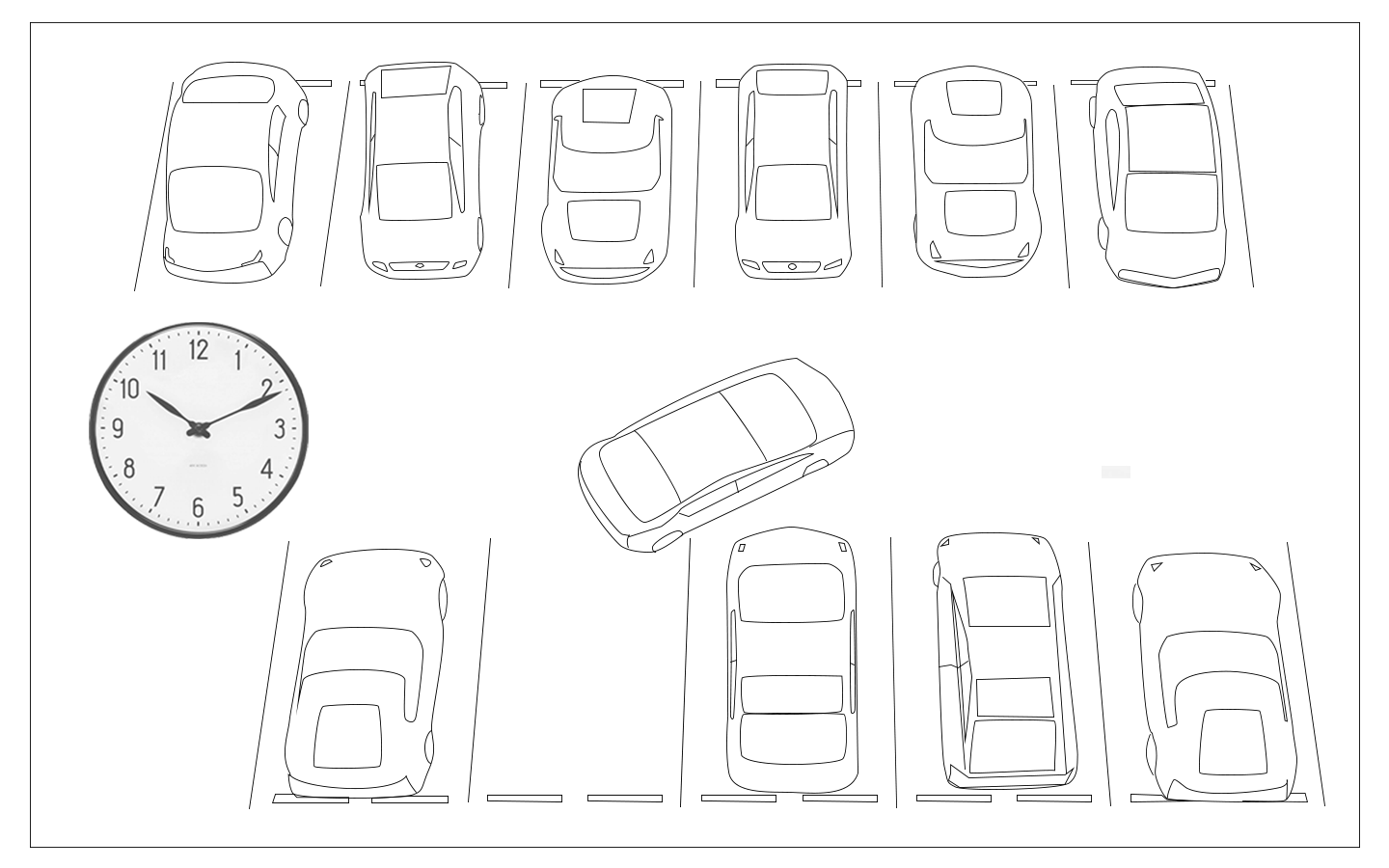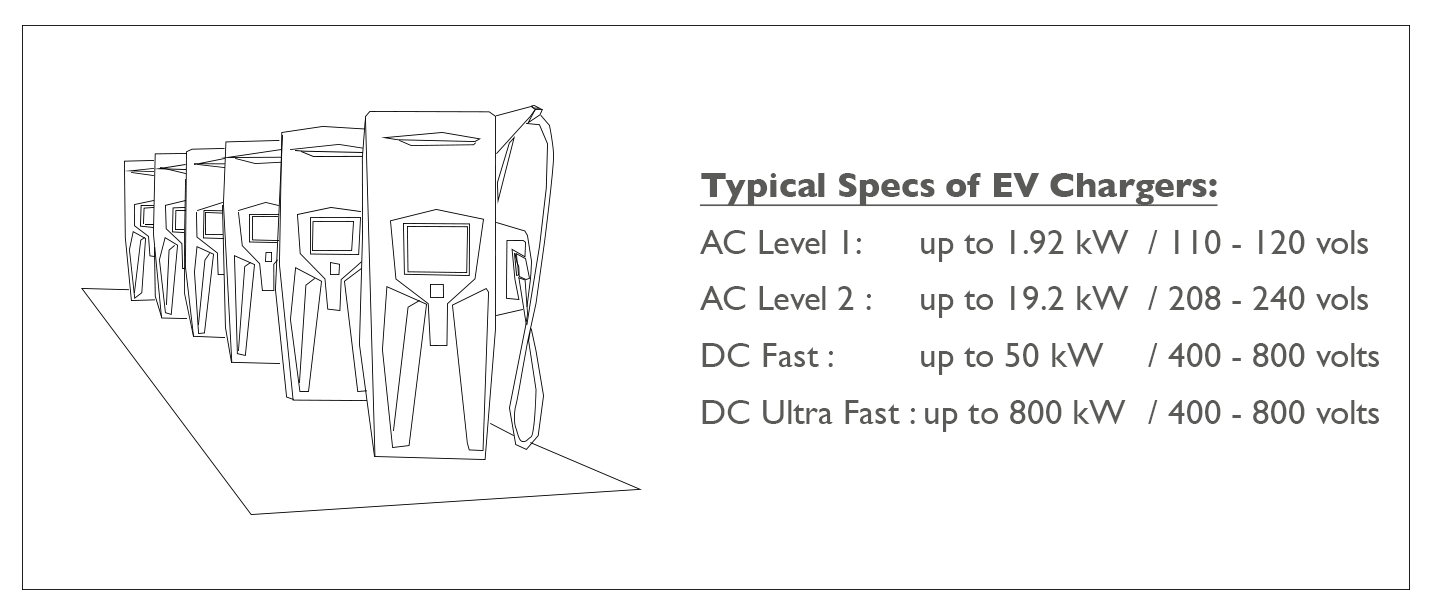Setting Key Configurations
- Fill in the below fields to generate your own 15-minutes metering data.
- In this simulation, 15-minutes metering data (in kw) is assumed to equal the charger capacity x number of cars charged during the 15-minutes interval for simplicity.
- In reality, there are ramping up & ramping down time for EV chargers, depending on EV chargers, types of car battery, or % of battery filled. These aspects are not considered in this simulation.
1. Set Peak Hours
- First step is to set the hours during which EVs arrive at the charging station (we'll call this 'peak hour') and number of cars to arrive at respective peak hours.
- If the number of cars are set as zero, no cars will arrive at that peak hour.

- Users can choose up to 5 peak-hours & the respective number of cars.
- If users don't wish to have more than one peak hour, simply set the number of cars as zero for all other peak hours.
Peak Hour
Number of cars
- Since the number of cars that arrive around the peak hour will vary in reality, users choose degree of randomness to the arrival hours
- Below bar is scaled at standard-deviation (sigma) of a normal distribution curve (with mean=0).
- Try sliding the bar, and view the graph on the left to check how much variation you want around the peak hour for each car to arrive
Peak Hour Randomness (Sigma)
2. Set Charging Spaces
- Next, users can set number of charging spaces (here it is assumed that one charging space = one EV charger), and waiting spaces where EVs can wait for turns to charge if all chargers are occupied upon arrival.
- As the below/next chart illustrates, EVs will start charting the moment they arrive at the charging spaces if there are unoccupied charging spaces. If All charging spaces are full, EVs will wait at the waiting spaces until one of the chargers becomes available.
- If all charging and waiting spaces are full, the arriving EVs are assumed not to use the charging station for the day, and reset fresh for the next day.
Number of Charging Spaces
Number of Waiting Spaces
3. Set EV Charger Configurations
- Finally, set EV charger's Power Capacity and Charging Time for each car.
- To run the simulation, you just need to fill in Charger Power, and Charging Time (per car)
- Similarly to peak-hour, charging time can vary from one car to another. You can insert some variation by changing the 'Charging Time Randomness'.
- Click on Calculation Support button in case you need help calculate these fields.

- Power (kW) = Voltage (V) x Current (A) / 1000
- Charging Time = Battery Size (kwh) * percent to charge / Power (kw)s
- You need to fill in 'Power' for Charging Time to be calculated.
Charger Power
Voltage
(V)
Current
(A)
Power
(kW)
Charging Time
Battery Size
(kwh)
% to charge
(%)